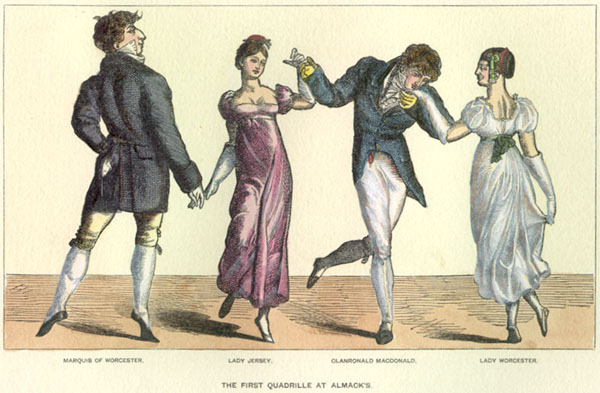A consequence of interweaving oneself with the world is the realization of how differently everyone perceives reality. The thought processes behind any particular work follow a specific pathway or logic that is simply intuitive to that person, and may be intuitive to that person alone. I often wonder at how others make sense of daily realities, how others ruminate, what other people’s thoughts even structurally look like. Are they as convoluted as mine? (Surely.) Do those that specialize in the same field have a different methodology than those in others? My attempt at looking in on the inarticulacy of something so common as a ‘thought’ is below, although I can only say this is true for my own experiences. (How would you describe a ‘thought’ in your own terms?)
For me, the unconstruction of my thought has always presented me with the challenge of projecting an idea. I have concluded, later to be re-concluded, that this stream of consciousness is not circular or linear like that of the stream, but spherical. Approaching and re-approaching the infinite points in space of questioning, understanding, ideas at various dynamic axes. The thought presents itself with an extreme clarity at the time but becomes impossible to revisit with any accuracy of what was before. The dynamic relatives constantly presenting themselves to me put my mind into a liquid state (very much like a stream) as well as a spherical state (very much un-like a stream). I have concluded my mind is in likeness with Europa. A large amount of water surrounded by a substantial shell of broken ice.



